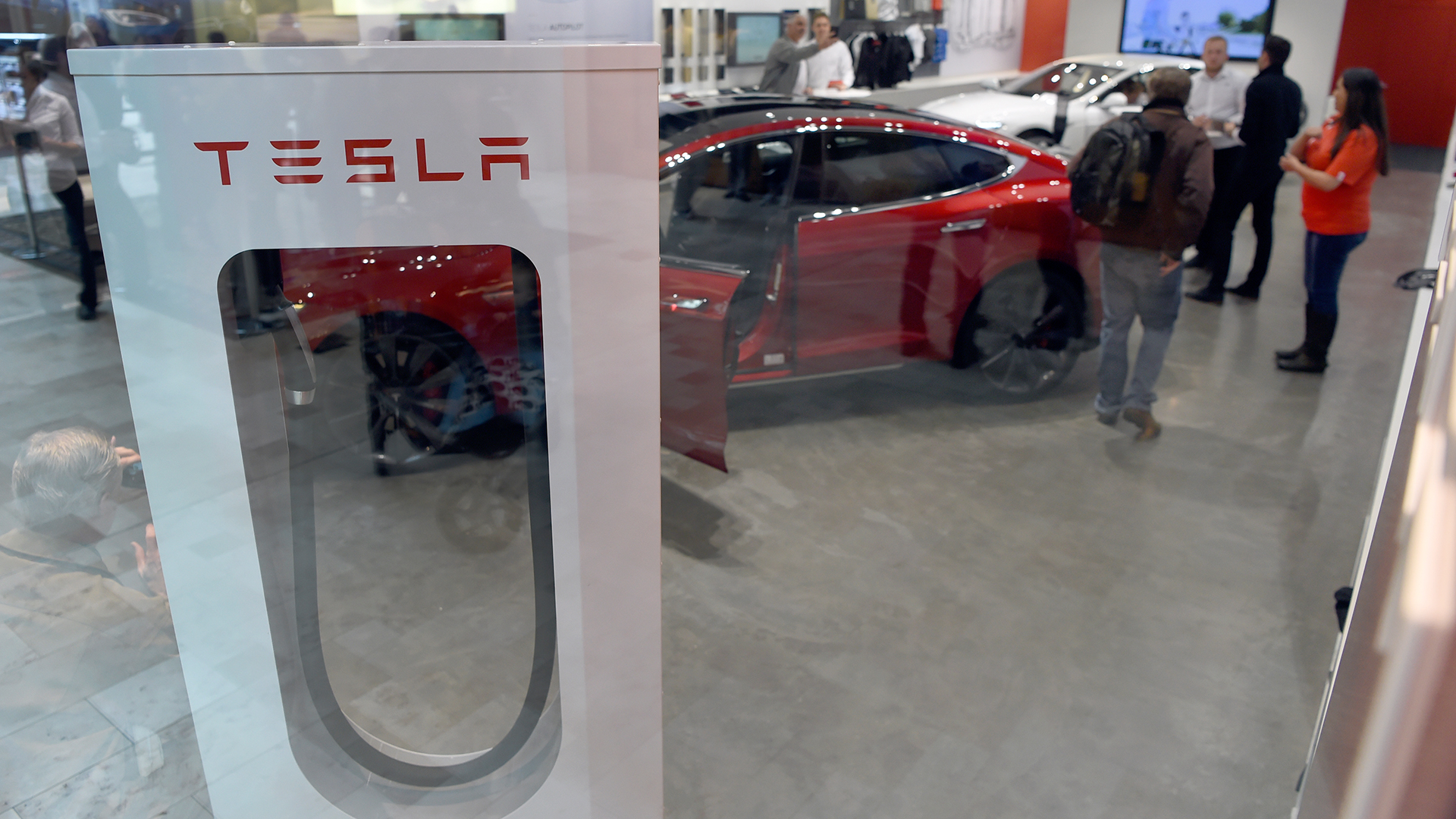

The single biggest argument that I come across when I talk to people about electric cars always ends up revolving around the cost of the battery once it no longer sustains a charge. A reasonable concern to have, but thanks to ongoing community-sourced data about Tesla battery trends, the likelihood of an electric car’s battery outlasting the car itself is becoming an eventuality.
A thread on popular Tesla forum Tesla Motors Club has begun to track battery degradation over time with the use of community-sourced and tracked data. Using a scatter plot, the overwhelming worldwide response to the request for data was able to establish a clear trend line. In 270,000 kilometers (168,000 miles), the average battery degraded less than 9 percent of its original capacity. We reached out to Tesla to talk about this data, however, a spokesperson declined to comment on the data, as it was community-sourced and couldn’t be verified by the automaker directly.
The average driver commutes about 13,476 per year, and data shows that the average car on the road is 11.5 years old. This brings an average vehicle’s mileage somewhere around 155,000 miles, give or take a few stragglers above and below. But unlike sinking your dollars and cents into maintenance, an electric car uses a more sensible approach to minimizing costs by limiting moving parts to avoid costly maintenance.
According to the data, electric cars with similar mileage have quite a bit of life left, much more than the average car on the road. But as the battery continues to degrade, the average trip length will continue to decrease. Eventually, battery packs will need to be replaced, however, this is unlikely to occur before the electric car eclipses the service length of the average gasoline-powered car on the road.

By 165,000 miles, the lithium-ion battery back in Tesla’s largest capacity unit, the 100D, would have needed to have around 520 full discharges (from 100 percent to zero percent). It’s widely known that Tesla used Panasonic cells in its electric vehicles for quite some time, and though the model isn’t identified with full certainty, many believe it could be the NCR18650B because it’s the closest matched cell that Panasonic offers on the market. The NCR18650B is rated for 500 charge cycles before it requires replacement. So why is there so little charge capacity loss, even though it has seemingly met its limit?
In a blog post, electrical engineer Frank Boucher breaks this down quite well. In short, it’s all about the capacity of the battery when charged. With good charging habits, Boucher estimates that charging the battery from 30 to 70 percent will allow the battery to sustain an astounding 40,000 cycles before it reaches the end of its service life. This may be a reason why Tesla put 75 kWh battery packs in its 60 kWh Model S, allowing full charges to be less taxing on the individual cells.
Battery semantics aside, the numbers look good. Tesla might have had some quality control issues in the past, but the simple longevity of electric cars are coming a long way from their gas-powered counterparts. Less maintenance and comparable range put it in close runnings for those looking to buy a new car in the near future. Once prices start to decrease even further and battery technology advances enough for cells to achieve longer range and shorter charge times, the traditional gasoline engine will find the market difficult to compete in.